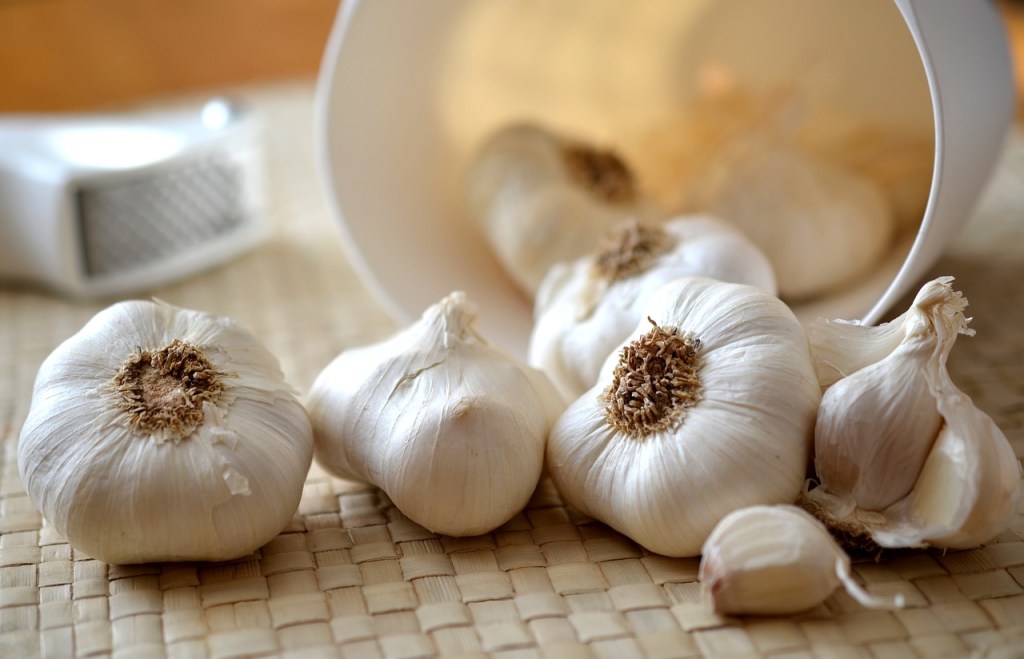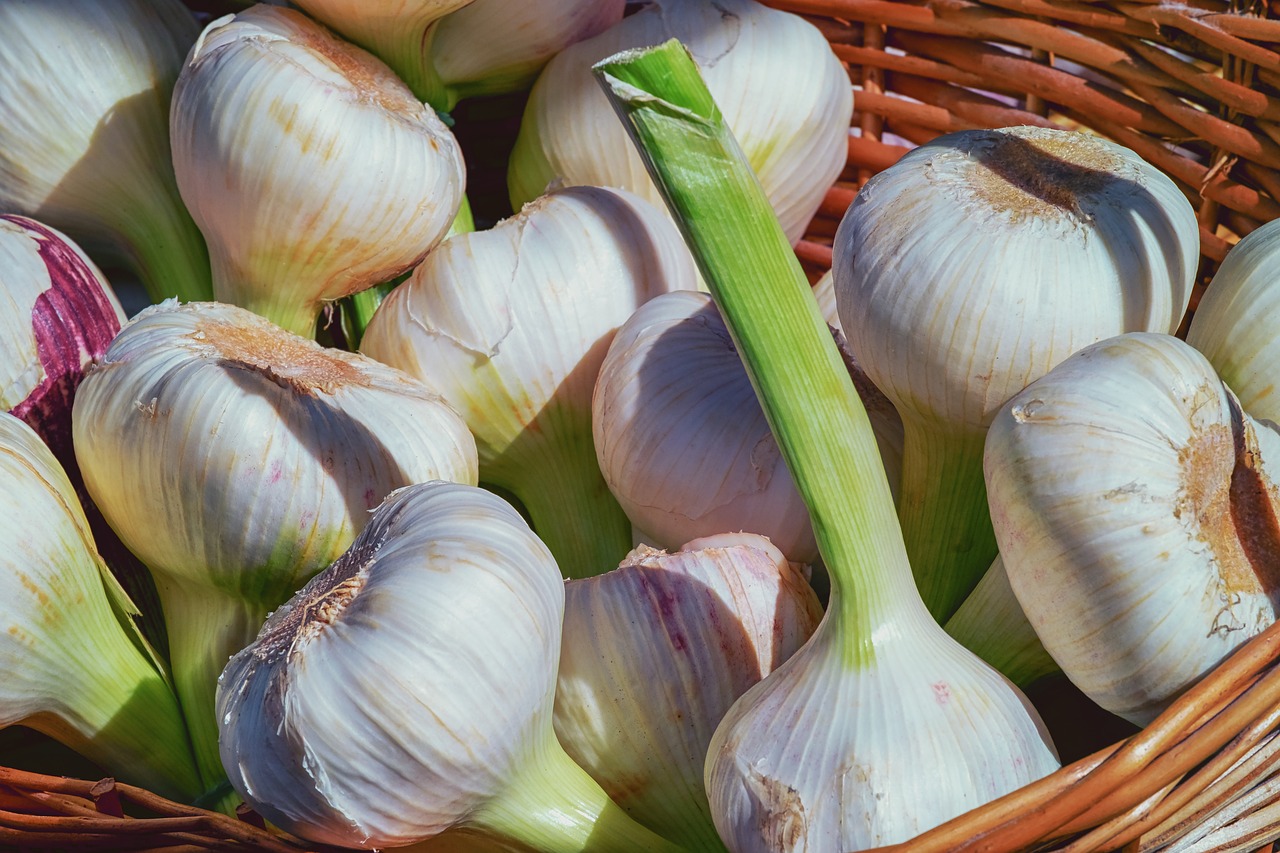
Garlic is a wonderful plant to have in any herb or vegetable garden, but waiting for it to be ready to harvest can be a chore. The promise of fresh, delicious garlic is enough to make even experienced gardeners feel impatient, even more so if you aren’t sure when to harvest garlic. This guide will answer all your questions about garlic harvest time, to help you wait as patiently as possible. From when to harvest garlic to how to store your excess, this guide is here to help.
When to harvest garlic

Garlic is typically ready to harvest in late summer or early fall, typically nine months after planting if you’re growing garlic from seeds. This can vary slightly depending on when you planted your garlic, the weather, and the type of garlic you’re growing, though.
A good indicator that your garlic is nearing harvest time is the leaves. Look for yellow or brown discoloration on the lowest leaves of your garlic plant. When these lower or outermost leaves begin to turn color, your garlic is almost ready to be harvested. Wait another two to three weeks after the leaves first begin to change color, to give your garlic cloves time to reach their peak size, then harvest away!
Can you use garlic immediately after harvesting it?

Yes! You can eat or plant garlic directly after harvesting it. Any cloves that you don’t use soon after harvesting should be cured and stored, but there’s no need to wait to use your garlic. Garlic doesn’t need any special preparation other than peeling before cooking or eating it.
Leave any garlic that you plan to plant as a whole bulb until you’re ready to plant it. Then, peel and separate your garlic into cloves and plant each clove of garlic separately. Each clove will grow into a garlic plant, which is great news if your harvest was small. You can plant only a couple cloves and save the rest for your meals!
Can you leave garlic in the ground too long?

Yes, garlic can be in the ground for too long, and you’ll miss out on that season’s harvest. Depending on the weather, your garlic bulbs have a couple of weeks to a couple of months before they split apart. If any of the bulbs break open, they can no longer be stored, meaning you have a limited time to use them. If you leave the garlic in the ground after it splits, some of the cloves may grow new garlic plants. However, there may not be room for all of them to fully develop, so harvesting and replanting the cloves separately is more effective.
How to store excess garlic

Garlic is easy to store, and you have two primary options. If the garlic is whole and unpeeled, you can store it in a dry, dark space with good airflow. Keep it at room temperature, and don’t refrigerate it.
If your garlic is already peeled, separated into cloves, or chopped, it needs to be stored in the refrigerator. Place the pieces in a sealed, airtight container such as a jar. Once peeled or chopped, garlic doesn’t stay fresh for long. However, you can extend the storage life of your garlic cloves by pickling them.
Garlic is a delicious vegetable with a plethora of uses, so it’s no wonder that many gardeners want to grow it for themselves. Luckily, garlic is easy to grow, use, and store. Now that you know when to harvest garlic and what to do with your extras, you’re ready to make the most of your garlic harvest. You can even set a few cloves to the side to plant, so you can do it all over again!



